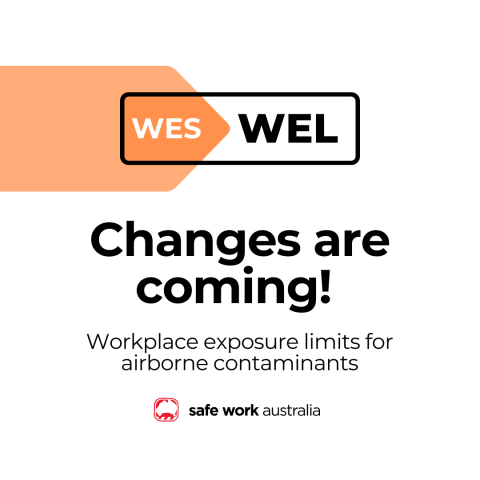Scaffolds and scaffolding
Construction work commonly includes scaffolds. They provide a safe, stable work platform when working at heights.
Scaffolding is the individual components that, when assembled, form a scaffold. For example, tubes, couplers and frames.
Scaffolding work means erecting, altering or dismantling a temporary structure that supports a platform.
The Guide to scaffolds and scaffolding has information on types of scaffolds and their uses.
Licences
Scaffolding work involving a platform with a fall over 4 metres requires a high risk work licence. There are 3 classes of scaffolding licence:
-
basic
-
intermediate
-
advanced.
Contact your WHS regulator for more information on training and licences for scaffolding work.
WHS duties
Everyone in the workplace has WHS duties under the model WHS Act. You have specific duties if you are:
-
a person conducting a business or undertaking (PCBU)
-
a principal contractor
-
a designer, manufacturer, importer, supplier and installer of plant, substances or structures
-
an officer.
The model WHS Regulations have duties that apply to scaffolding work. This includes managing the risks of scaffolds, construction, and falls from height.
As a PCBU, you must, so far as is reasonably practicable:
-
ensure the health and safety of workers and others at your workplace
-
consult with workers who carry out work for the business or undertaking and who are (or are likely to be) directly affected by a health and safety matter, and
-
consult, cooperate and coordinate activities with all other relevant duty holders.
Managing risks
You must, so far as is reasonably practicable, eliminate or minimise risks associated with scaffolds and scaffolding work. This involves:
-
identifying hazards—find out what could go wrong and what could cause harm.
-
assessing risks if necessary—understand the harm each hazard could cause, how serious the harm could be and the likelihood of it happening.
-
controlling risks—implement the most effective control measures that are reasonably practicable in the circumstances.
-
reviewing control measures to ensure they are working as planned.
Some of the most common risks with scaffolds and scaffolding work are:
-
falls from height
-
scaffold collapse
-
working near power lines
-
falling objects.
For further information, see the General guide for scaffolds and scaffolding work.
You must inspect and maintain scaffolds and scaffolding. The Guide to scaffold inspection and maintenance has information on how to do this.
High risk construction work
Scaffolding work with a risk of falling more than 2 metres is high risk construction work. You must prepare a Safe Work Method Statement (SWMS) for high risk construction work.
For further information see the Code of Practice: Construction Work, and Safe Work Method Statement for construction work - Information sheet.
Supporting information
-
The interactive safe work method statement (SWMS) tool provides information on preparing, using and reviewing SWMS for high risk construction work.




